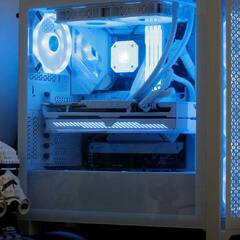Getting significant drop in speed in secondary router connected via CAT6 LAN Cable
-
Featured Topics
-
Topics
-
EdoTensei ·
Posted in Graphics Cards0 -
0
-
Fox420 ·
Posted in Troubleshooting2 -
1
-
PSP. ·
Posted in Programs, Apps and Websites0 -
2
-
1
-
0
-
0
-
1
-

.png.255947720031a641abdac78e663b681c.png)













Create an account or sign in to comment
You need to be a member in order to leave a comment
Create an account
Sign up for a new account in our community. It's easy!
Register a new accountSign in
Already have an account? Sign in here.
Sign In Now